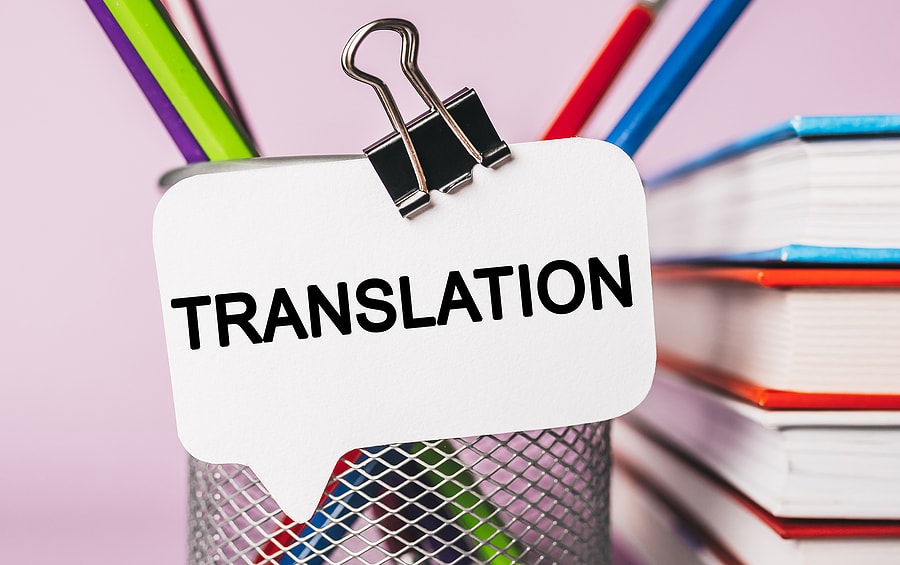In the globalized world today there has been an increase in demand for the localized, accurate translation of content.
When content is created, the focus is on several different aspects, like scope, success, languages, technology, and goals, but what is the most critical is successful localization which defines the best language for the required content. It is the source text that provides the basis of translated content. As the request for more and more language translation grows, so does the source content. The high-quality translation is based on the client gathering the best information for the source content. This goes to the translator who can then localize the content and make the translation more appropriate for the target audience.
The way to compose good content
To avoid some of the most common mistakes, several rules should be followed by the content provider. The most important of these is keeping sentences direct and simple to boost understanding. Concise, clear, constructed sentences improve the quality of translation, reduces translation time, and lower costs—which in the end increases the revenue for the client.
There are 8 points to consider before forwarding content to the translator.
1. Conciseness
Stick to the key detail and be concise, as this increases comprehension and enables simpler translations to be completed so that readability is higher.
2. Structure
Follow the structure of the classical sentence, which means each sentence should have a subject, verb, and object. It should also have correct grammar and punctuation. Any content should be thoroughly proofread before being forwarded to the translator.
3. Ensuring clearing sentence understanding
If a sentence needs to be read more than once to understand its content then there is likely to be difficulties when asking a translator to provide an accurate translation. In the end, misinterpretations of the original meaning may take place.
4. Keep the clarity of the original content
Don’t worry about trying to vary sentence structure like trying to write a single concept in different ways. This could lead to a decrease in quality, an increase in cost, and an increased in turnaround. It is a good idea to consider re-using content that a professional translator has already translated for you.
5. Lower any ambiguity in the text
Keep out jargon, regional idioms, metaphors, and phrases in the content as this doesn’t always translate accurately into other languages. It is important to be logical, concise, and inter-cultural so that the translator is able to easily translate the text.
6. Limited use of phrasal verbs
Phrasal verbs are commonly used in written and oral language but their use complicates the process when trying to attain an accurate translation. They are best avoided if the content needs to be translated as it helps to create a viable link between the translator and the reader.
7. Use of the active voice
Passive voice use complicates the understanding of both the source and targeted languages so the reader can easily lose the understanding. It is better to use the active
voice.
8. Avoiding ambiguity
The use of ambiguity leads to confusion. Certain words and combinations of words should be avoided including slang, clichés idioms, and contractions. Uncommon English words should be avoided as well such as using for example and not e.g.
9. Tone and style
If possible the language used should be targeting the specific region or country to make sure the proper use of language is based on the targeted culture and region. If there is a clear targeted audience then the translators will know where they should start. Also, when compiling the content you should set the tone of the content to suit the audience. This will vary depending on who the audience is and if the content is legal, technical, or medical which would require typically a more formal, serious tone.
In summary, when compiling the content, think about both the targeted audience and
the translator.



